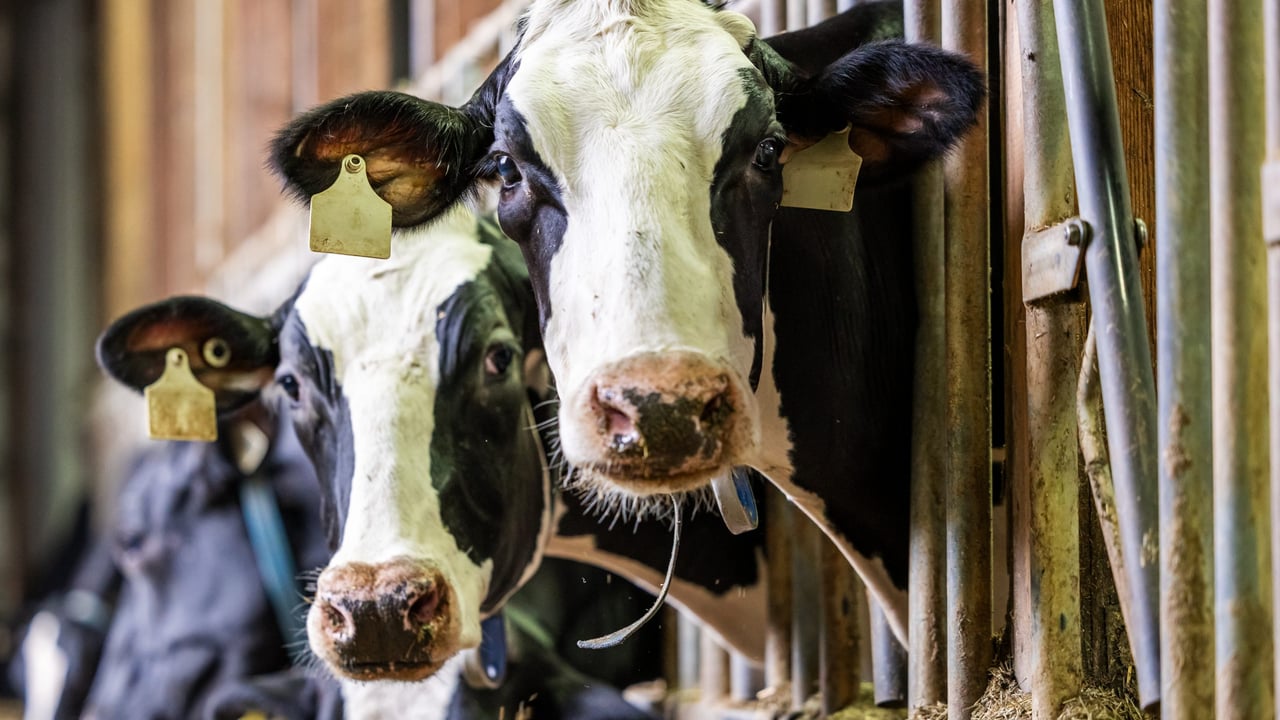Dealing with abortions in run-up to spring calving
Abortions can be a common occurrence in the spring-calving herd over the next few months while the herd is housed and on a winter diet.
Vigilance at this time of the year is important, because if a heifer does 'throw a calf', this needs to investigated to try and determine what went wrong.
Any cow that has aborted a calf should also be isolated from the rest of the herd straight away in case the abortion was a result of an infection.
However, there are a number of reasons as to why a cow or heifer could have aborted the calf.
Abortion
Aborting cows do not normally display signs of illness, unless there is retention of the foetal membranes (afterbirth).
An abortion may be caused by a simple slip or fall in the yard or the shed, as after the grazing season, cows are no longer used to standing on hard concrete.
Over-crowding in the housing facilities or holding yards can also lead to a cow getting a 'puck', which may result in a slipped calf.
However, the reason can also be more sinister, as infectious diseases or pathogens can result in an abrupt abortion too.
Any infectious pathogens that come into contact with the placenta in the pregnant cow/heifer can cause damage to the foetus or the placenta itself, and ultimately result in an abortion.
This can often be the cause of 'empty' cows during pregnancy scanning, as an early onset infection may result in an embryo loss.
If your herd is subjected to several abortions, they have most likely been exposed to the infection, so it is important to consult with your vet promptly ahead of further issues and financial losses.
Although not all abortions are caused by infections, farmers are always advised to presume they are in a worst case scenario situation to stay ahead of any further issues.
Aftermath
When dealing with a cow that has aborted, it is firstly important to ensure that you do not handle any of the material without the correct protective clothing.
You should promptly remove the aborted material (foetus and cleaning) in a strong plastic bag before animals are attracted to it, and then clean and disinfect the area where the abortion occurred.
Try to identify the aborted cow - this can be difficult as it may not be visually obvious.
If so, you should ask your vet to examine the group of cows to identify the one that has aborted and to take samples for testing from her.
You should also speak to your vet about testing the slipped foetus.
The abortion may have been a result of brucellosis, leptospirosis, salmonellosis, neosporosis, mycotic abortion, bovine viral diarrhoea (BVD), or infectious bovine rhinotracheitis (IBR).
Therefore it is important to closely monitor other pregnant cows, carrying out daily inspections.





